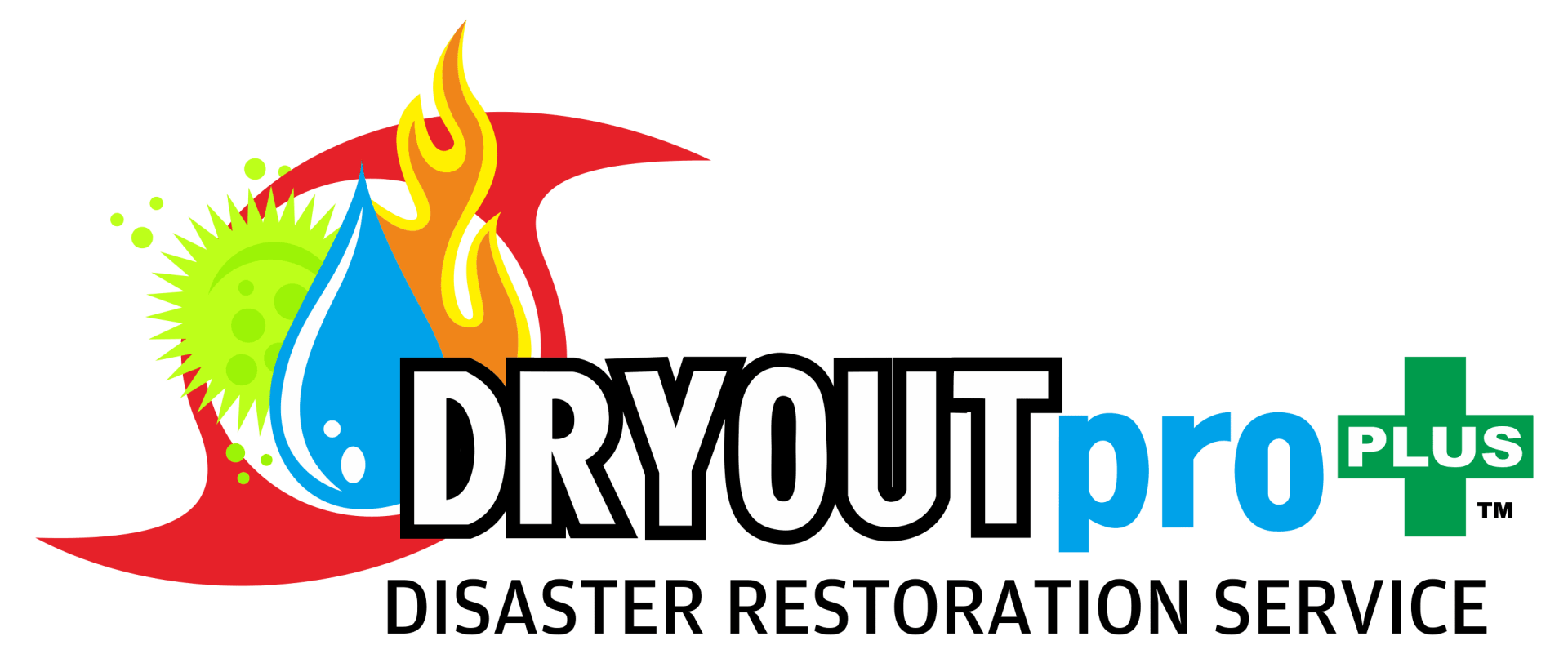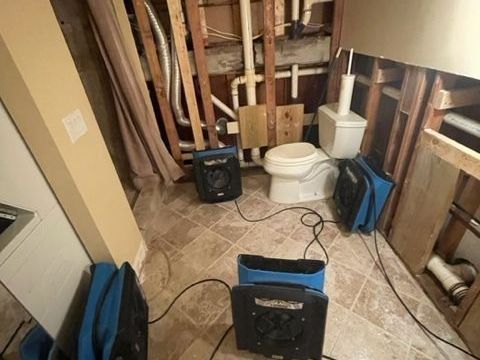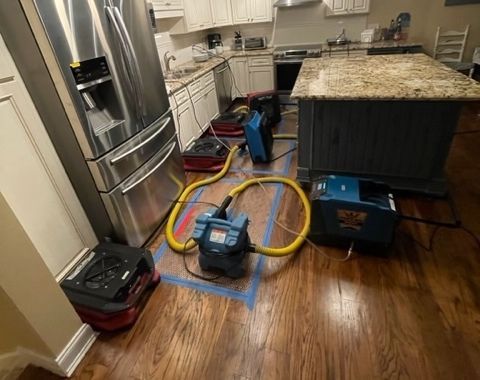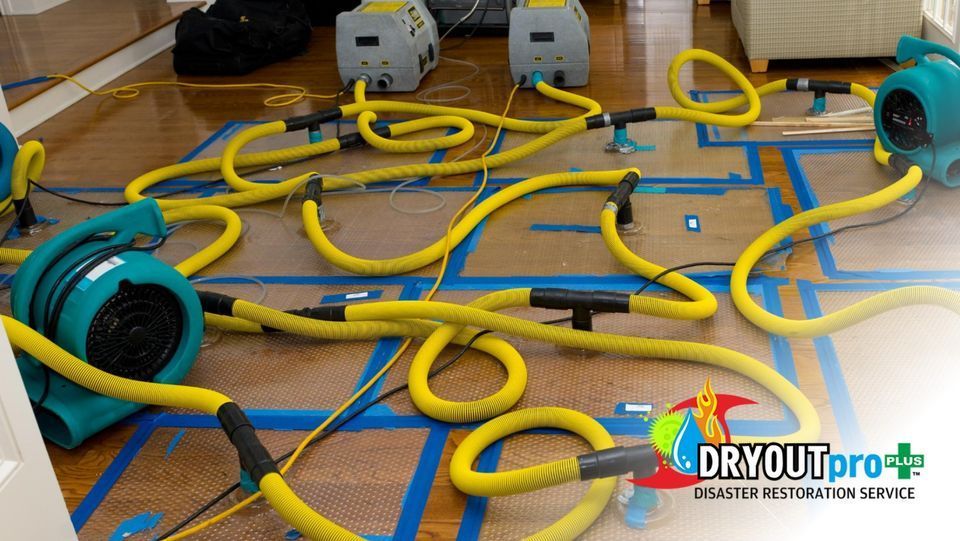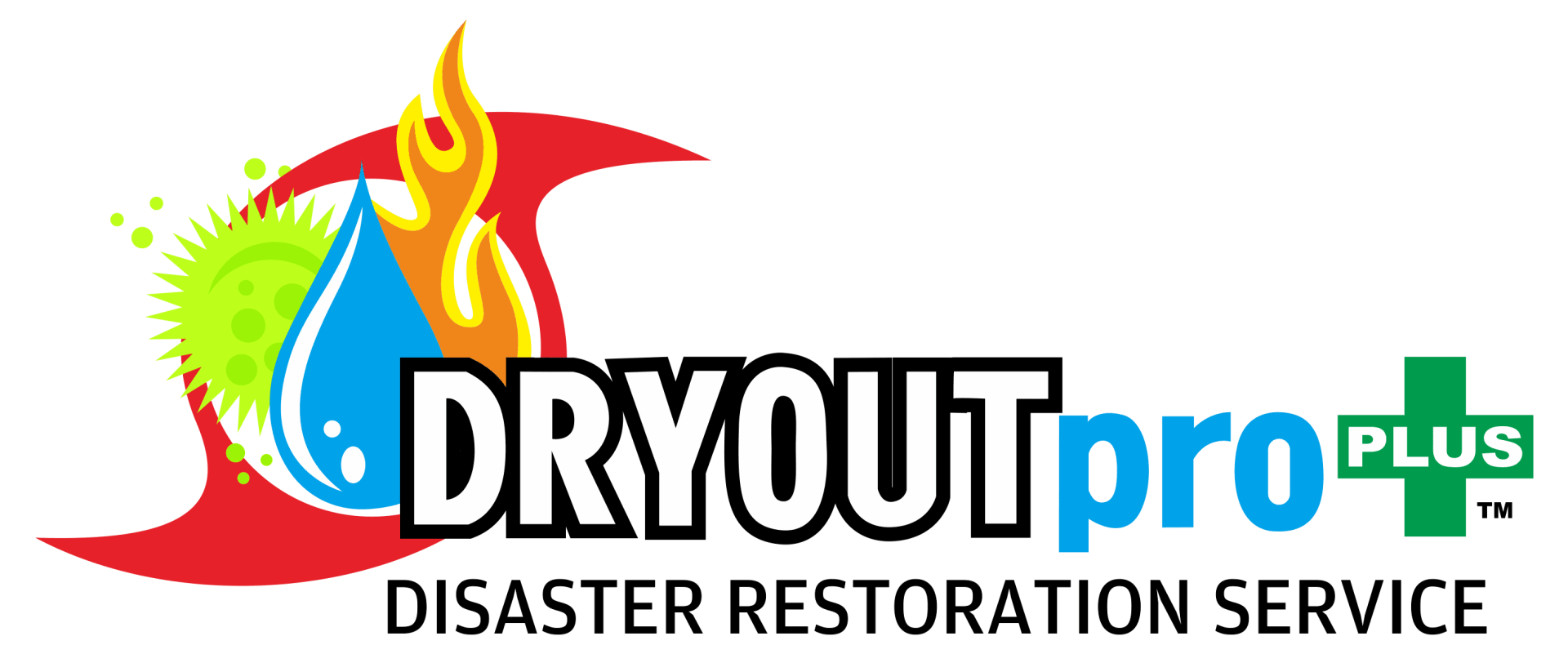24/7 emergency Damage Restoration services
SERVING THE PAlm BEACHES AND TREASURE COAST OF FLorida
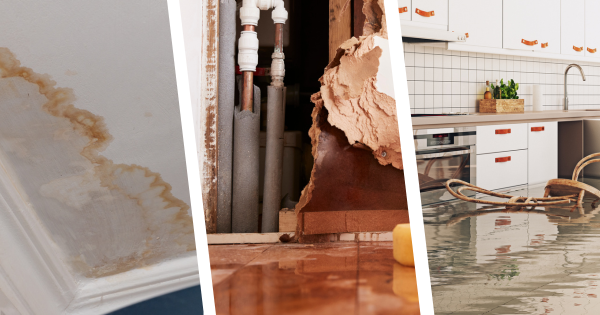
Exploring Categories 1, 2, and 3 Of Water Damage: Comprehensive Guide
November 13, 2023
When a flood of any type occurs inside your home, you must take immediate action to mitigate damage. However, not all floods are the same, pose the same threats, or should undergo the same types of treatments. Water cleanup might be essential for all floods to minimize damage to your home, but the different classifications of water damage require specific levels of preparedness and restoration.
Fortunately, our water damage restoration experts at DRYOUTpro PLUS are here to help you understand water damage classifications and what to do during a water emergency.
Categories of Water Loss and Flood Damage
Before you can implement a water clean up after a flood, you should know the water loss category that your situation falls into. Water loss categories refer to the amount of contamination a body of water has according to its source.
Category 1 Water Damage
Category 1 water loss is the safest type of flood to have in a home or business. Because the source of the flood comes from clean water sources, there is little to no contamination within it. As such, it is generally safe for people and animals to be around the flood waters, including touching it and ingesting it.
Common sources of category 1 floods are:
- Toilet tanks
- Faucets
- Overflowing bathtubs
- Snowmelt
- Falling rain
Category 2 Water Damage
Category 2 water damage, commonly called grey water damage, arises from specific sources and requires immediate attention for effective management. While not immediately life-threatening, it's essential to recognize the potential health risks and the need for prompt removal and thorough cleaning. Here's a breakdown of the primary sources of Category 2 water damage:
Toilets: Overflow or leaks, mainly from water that contains urine but not feces.
Washing Machines: Malfunctions or overflow, leading to soapy, dirty water discharge.
Dishwashers: Similar to washing machines, issues can lead to the release of water contaminated with food residues and detergents.
Sump Pump Failures:
This can lead to the accumulation of water that may contain various contaminants.
Broken Aquariums:
While not as common, the water from aquariums can be a source of grey water.
Water Beds:
Leaks or bursts can result in a significant amount of grey water.
Each source introduces water containing some chemicals, bacteria, or other harmful substances. Addressing Category 2 water damage promptly and efficiently is crucial to prevent the escalation of these risks, emphasizing the importance of professional assessment and remediation to ensure a safe and healthy environment.
Category 3 Water Damage
Category 3 water damage represents the most severe form of flooding, often called "black water" flooding. This type of water damage is characterized by an extremely high level of contamination, containing harmful pathogens and various toxic substances. Here's a detailed look at the nature of Category 3 water damage and its common sources:
High Contamination Levels: Blackwater floods are dangerously contaminated with toxic organic materials, heavy metals, pesticides, and a wide range of harmful microorganisms, including bacteria, viruses, and fungi. The presence of these contaminants makes this type of water extremely hazardous.
Safety Precautions Are Critical: Given the high risk associated with Category 3 water damage, it's unsafe to address such floods without stringent safety measures. The contaminated water poses serious health risks, and proper protective gear and tools are essential for handling it.
Professional Remediation is Necessary: Due to the severe risks and the complexity of the contamination, hiring experienced
water damage restoration professionals is crucial. These experts have the equipment, safety gear, and expertise to safely remove the water and perform deep sanitation processes to restore the affected area effectively.
Common Sources of Black Water Floods:
Sewage Backups: One of the most common sources involves wastewater heavily contaminated with fecal matter and other hazardous substances.
Flooding Seawater: This can introduce a range of sea-based contaminants, including salt, which can be corrosive and damaging and harmful to health.
Flooding Rivers and Streams:
Natural water bodies can overflow, carrying soil, organic matter, and pathogens.
Overflowing Toilets with Solid Waste: Toilets overflowing with fecal matter significantly increase the risk and severity of the contamination.
Handling Category 3 water damage requires immediate and professional attention to ensure the safety of all occupants and the effective restoration of the property. The high level of contamination associated with black water makes it imperative to rely on skilled professionals who can manage the cleanup process safely and thoroughly.
Water Damage Classes
You not only need to know about the categories of water loss to know how to mitigate the water clean up process. You should also know about the four classes of water damage:
- Class 1: Water loss is limited to one area with minimal water absorption and evaporation.
- Class 2: Water loss affects a whole room with carpeting, cushions, and other high-absorption materials. There's a large amount of water that lingers in structural materials like concrete and plywood.
- Class 3: Flood waters come from above, saturating ceilings, walls, flooring, and insulation.
- Class 4: Water losses include areas of intense saturation with low evaporation on materials with low porosity, such as brick, plaster, and stone. It'll take longer to try a class 4 flood.
Get Help After Any Flood from Our Restoration Professionals
At DRYOUTpro PLUS Disaster Restoration Service, our IICRC-certified restoration technicians offer more than water clean up services for floods. As a full-service restoration company, we provide water and fire damage restoration as well as storm cleanup, sewage cleanup, and mold removal services in Palm Beach, Martin, and St. Lucie Counties in Florida.
Our bonded, licensed, and insured company knows how to get any home or business back up and running after a major disaster. We're available 24 hours a day, so call (772) 288-4222 or fill out our online form to arrange services from DRYOUTpro PLUS Disaster Restoration Service today.
Get A Free Estimate
By filling out the form below
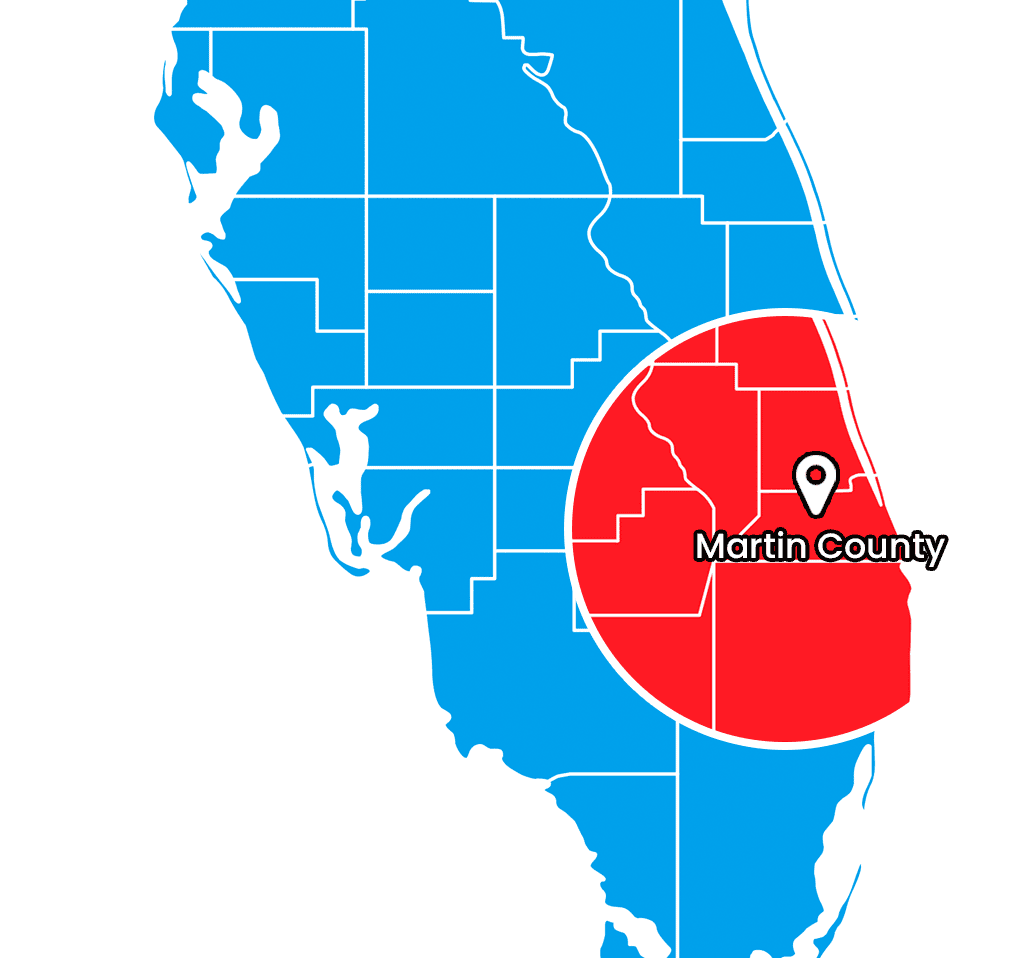
Our Service Area in Martin County Florida
As a local, family-owned company, we are committed to keeping your family safe from any problems you may have. We provide a full line of restoration services to all in the following areas:
Stuart, Palm City, Jensen Beach, Hobe Sound, Jupiter, Tequesta, Palm Beach Gardens, North Palm Beach, Port St. Lucie, Ft. Pierce, Palm Beach, West Palm Beach, Ft. Pierce, St. Lucie County
Need Help With Disaster Restoration?
GET A FREE QUOTE TODAY
We are IICRC certified and hire only the most trustworthy and dedicated team members to ensure that each job is taken seriously and handled with absolute professionalism.
